In the early 20th century, Florida orange growers had a big problem: Their products often went bad before making it to market. These were the days before refrigerated transportation, so a truck loaded in Orlando could pull into New York or Houston filled with moldy orange mush. Their solution involved turning their produce into juice, and then pasteurizing and bottling it.
Since then, more and more fruits have become available as juices. But it wasn’t until the 1960s that home juicing became a “thing” — as companies started manufacturing juicers small enough to fit on a kitchen counter. Soon citrus wasn’t the only kind of fruit that could be juiced; even vegetables could now be consumed in liquid form.
These days, juicing predictably pops up as a health craze every few years (the most recent phenomenon was the celery juice fervor promoted by “Medical Medium,” Anthony William). And with the juice extractor market size estimated at $2–3 billion, there’s a lot of marketing of those homemade juices as a quick, easy, delicious, and convenient way to harness the nutritional benefits of fruits and vegetables.
While I’m as gung-ho as anyone about getting more fruits and veggies into our diets, there is one issue with juicing that few people are talking about: food waste.
Juicing, by definition, extracts juice from fruits and vegetables, which means there’s always some stuff left over, typically referred to as pulp. If you’ve ever juiced, you’re familiar with this residue. It can feel weird to just throw it away — after all, it was a super nutritious carrot or celery stalk or apple wedge just seconds earlier.
The good news is, you don’t have to discard the pulp. There are several ways to reuse it and give it a second life — keeping it out of the waste stream.
In this article, we’ll explore the art of repurposing juicer pulp. And some of those methods even involve recipes!
What Is the Pulp from Your Juicer?

If juicing is about removing juice from produce, what’s left when the juice is gone? While different types and brands of juicers do slightly different things — aficionados can talk for hours about the relative merits and downsides of cold press (aka masticating), auger, centrifugal, and other types — they all break down plant cell walls and separate the juice from, well, the stuff that’s left over.
The fancy name for that leftover stuff is “pomace,” which the Messrs Merriam and Webster define as “the dry or pulpy residue of material (such as fruit, seeds, or fish) from which a liquid (such as juice or oil) has been pressed or extracted.” Essentially, it’s the remaining solids — that is, fiber — plus whatever juice hasn’t been fully extracted.
The reason juicing works is that lots of fruits and veggies consist mostly of water. But the leftover fiber is also very good for you. And while most people have heard about drinking enough water (although roughly half of all US adults aren’t heeding the message), the necessity of sufficient dietary fiber hasn’t yet made it to prime time (unless you’re a reader of this or similar websites!).
I’d even go so far as to say that fiber is the nutrient most severely lacking in the modern industrial diet — upwards of 94% of all Americans are deficient — with catastrophic results for individual and public health. Fiber delivers many profound health benefits, including feeding the beneficial gut bacteria, supporting blood sugar control, and helping to prevent cancer.
Find out more about fiber — including the different kinds and the best sources.
So Then, Is Juicing Bad for You?

If fiber is so important, and most of us are sorely deficient, doesn’t that mean that juicing — which removes the fiber from perfectly innocent fruits and vegetables — is a bad idea?
Well, not necessarily; it depends on what you’re juicing, what the rest of your diet looks like, and what you’re replacing with the juice.
Since the fiber, which slows down the absorption of sugar, is gone, juicing high-sugar fruits (and some vegetables, like carrots) can lead to unhealthy spikes in blood sugar in some individuals. That’s not to say that sweet produce has no place anywhere near a juicer’s food chute — a bit of apple and citrus can flavor an otherwise bland veggie juice. But a glass of straight grape or apple juice could challenge your blood sugar level in ways that turn out to be problematic.
At the same time, juicing can give you a concentrated and rapidly absorbed source of vitamins, minerals, and antioxidants that are easy and enjoyable to consume. For folks who “hate fruits and veggies” and wouldn’t eat a whole apple unless it was the only food left on Earth, juicing may be the most agreeable and beneficial way to get those wonderful plant nutrients into their bodies. A single cup of veggie or fruit juice can go a long way toward fulfilling the 5-a-day recommendation for fruits and vegetables.
So as we look at the various ways to give juice pulp a second chance to be useful, especially if you’re someone who’s falling short on fiber intake, you may also want to prioritize ways that involve eating it (you’ll find those in the recipe section, below).
Juicer Pulp Ideas and Uses
Let’s look at four ways to reuse juicer pulp, with the value that you can extract from the pulp increasing along the way.
1. Compost

The simplest way to reuse juicer pulp is to compost it. Honoring the composting principle that “anything that once lived can live again,” you can keep juicer pulp out of the waste stream.
If you have an outdoor compost pile, you can add the pulp to the “green” (high-nitrogen) layer and then cover it with “brown” (high-carbon) plant matter to keep down the smell and deter scavenging critters.
Check out our beginner’s guide to home composting here.
If you don’t have an outdoor composting setup, a countertop composting bin might be just the ticket. In just four hours, these compact composters process food scraps to create fertile soil for your garden — all while cutting down on your landfill impact and making your kitchen garbage bin smell a whole lot less funky.
If you live in a city with a food scrap or curbside composting program, you can include juicer pulp with the rest of your food scraps.
2. Create DIY Beauty Products
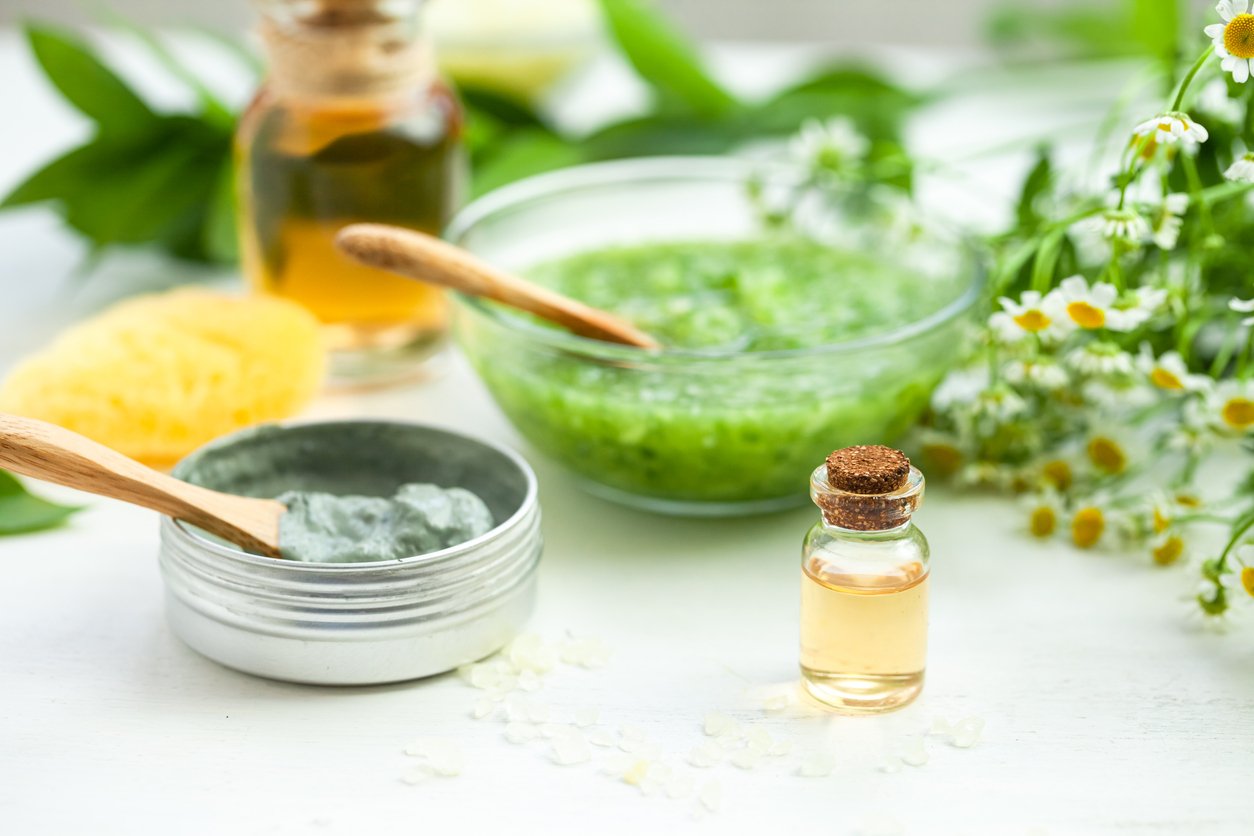
Have you ever seen those stock photos of luxurious spa treatments that feature cucumber slices over the eyes? Well, you don’t need to sacrifice perfectly good cucumbers to beautify your peepers, hair, or skin. Just use juicer pulp instead!
Fruits and vegetables are loaded with antioxidants, many of which can help fight free radicals (i.e., the nasty buggers that accelerate aging) externally as well as inside your body. Depending on what fruits and vegetables you use, using them as beauty products may help you to achieve different results.
Thanks to its texture (rougher than whole or cut produce), juice pulp can also make an exquisitely excellent exfoliant. Pulp can create face masks, lip and body scrubs, and hair masks.
For example, here’s a face mask that uses cucumber and strawberry pulp mixed with lemon and bentonite clay.
3. Create Pet Treats
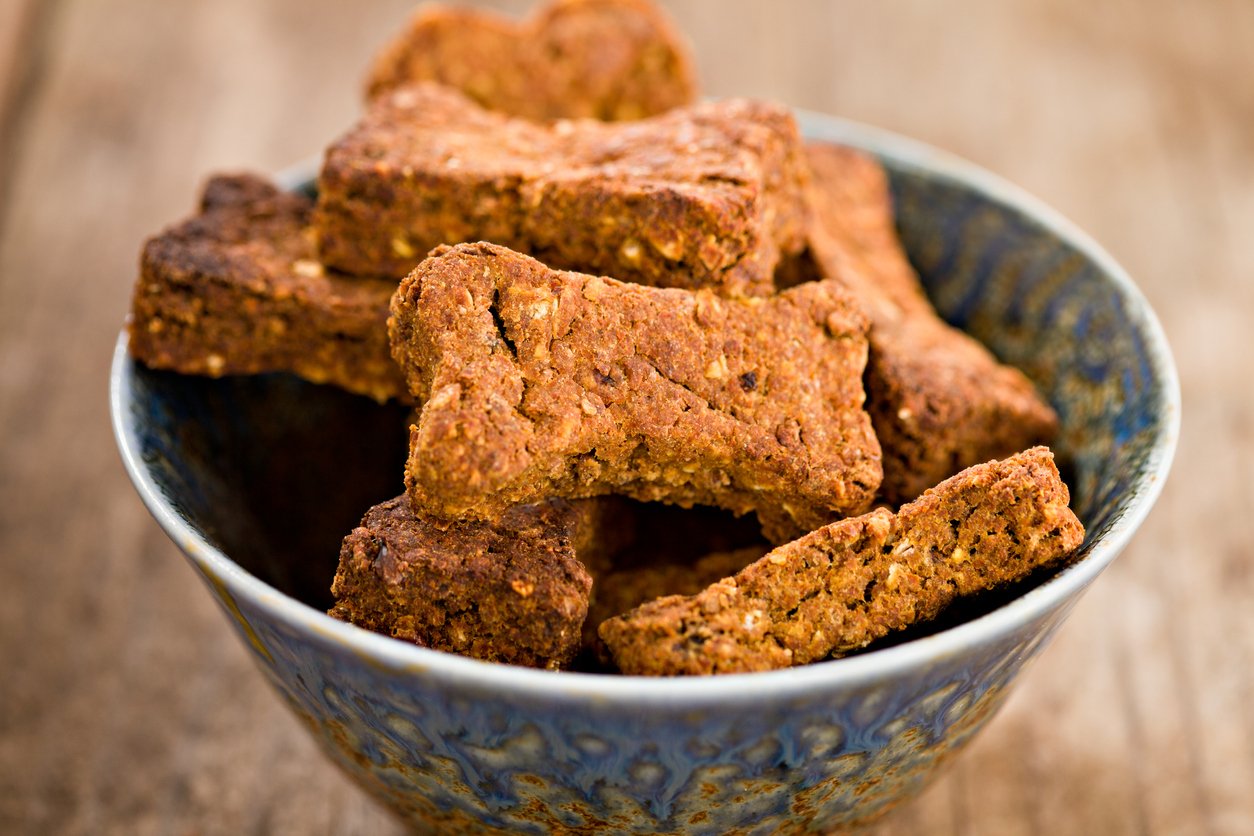
You can also mix juicer pulp with your cat or dog’s wet food, or create DIY pet treats — provided the pulp only has foods in it that are safe for them. (It’s not just chocolate that dogs should avoid; you should probably also keep them away from tomatoes, avocados, grapes, cherries, and a few other plant foods, as well).
Help keep your fur baby safe by getting a full list of which fruits and vegetables are safe for cats and dogs: Here’s one from the American Kennel Club, and another from a veterinary hospital.
To make pet treats, try mixing juicer pulp with ground flax and sunflower seeds, flavoring the mixture with some soy sauce, and dehydrating them into crispy crackers. (These sound kind of yummy, and I’m a human!)
Or you can also make these green dog “bones” featuring juicer pulp, peanut butter, and rolled oats.
4. Use Juicer Pulp in Recipes
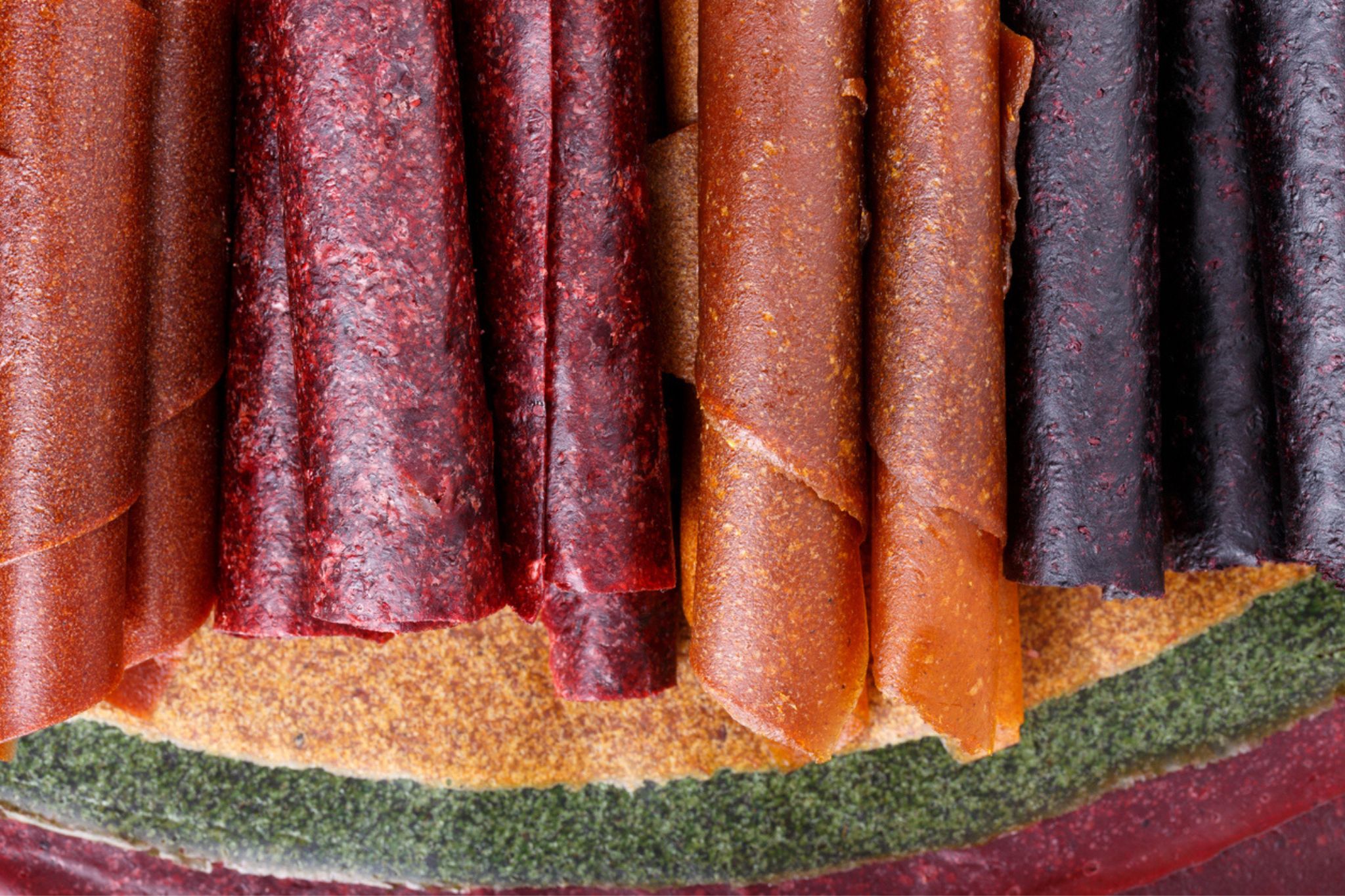
Finally, you can make recipes for humans with leftover juicer pulp. It’s still totally edible, after all. You can dehydrate juice pulp and use the “flour” in crackers or fruit leathers. Add savory (i.e., not sweet) juicer pulp to soups, stews, and chilis. And use sweet pulp from fruit juices to add bulk, flavor, and nutrition to baked goods like muffins.
One word of advice from a friend: Do not assume that you can use juicer pulp as an exact substitute for the same vegetables, grated. The carrot cake he made for his son’s 5th birthday ended up with the name “compost cake” — nearly ruining an otherwise fun party.
Juicer Pulp Recipes
It’s time to get crafty in the kitchen with these delicious and creative juicer pulp recipes. Juicing can be a great way to get potent nutrients quickly, but there’s no need to toss out your pulp after enjoying your favorite fruit and veggie juice blend. Juicer pulp has lots of fiber and plenty of nutrients left behind, so take full advantage of all that nature has to offer. Good things come to those who think outside of the box (or should we say juicer?), so prepare to have some wholesome fun with these nourishing recipes!
1. Juice Pulp Carrot Cake Muffins

Turn your fresh veggie pulp into deliciously moist, naturally sweet, and nutrient-dense Juice Pulp Carrot Cake Muffins! Sweet and warming spices like cinnamon, nutmeg, ginger, and cloves blend harmoniously with any custom veggie pulp mix. Along with bananas, shredded carrots, and nutty walnuts, this recipe is a delicious veggie-packed treat to enjoy any time of day!
2. Veggie Scrap Bouillon

Veggie Scrap Bouillon is a tasty way to repurpose your juicer pulp scraps into a savory base for your favorite soups and stews! This easy-to-make recipe requires just a handful of ingredients and a food processor to transform juicer pulp scraps into a whole-food veggie paste that’s ideal for adding concentrated and robust veggie flavor (plus plenty of fiber!) to any dish where you’d use vegetable broth.
3. Dehydrated Juice Pulp Crackers
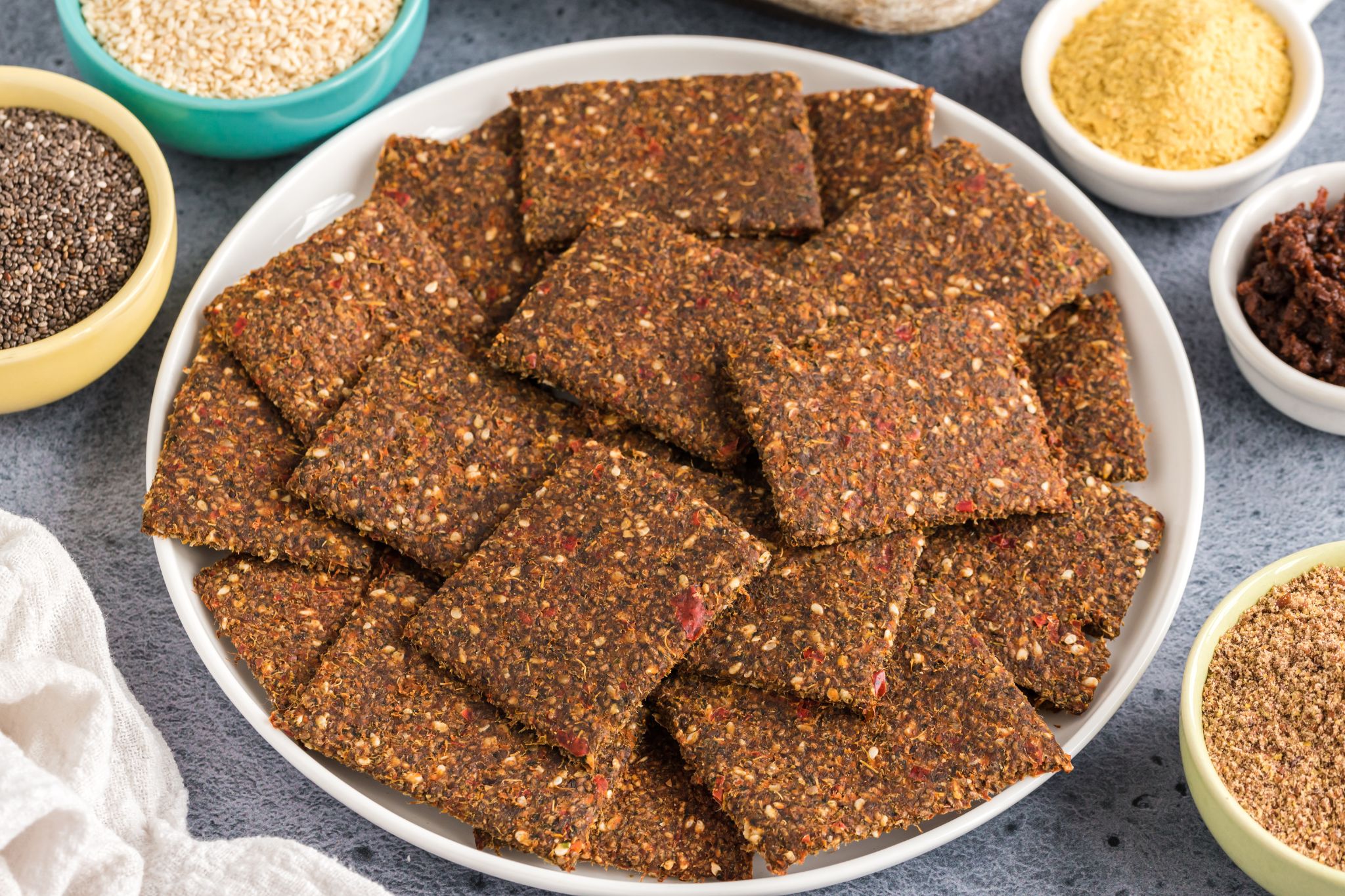
Curious about what to do with all that leftover veggie pulp after making a big, delicious batch of fresh vegetable juice? Our suggestion: Make crunchy and tasty Dehydrated Juice Pulp Crackers! Complete with wholesome plant-based nutrition, lots of fiber, and a savory umami flavor, these crackers are the perfect solution to your food scrap conundrum. Plus, they make a fun (and nourishing) vehicle to scoop up a variety of scrumptious plant-based dips!
4. Watermelon Poke
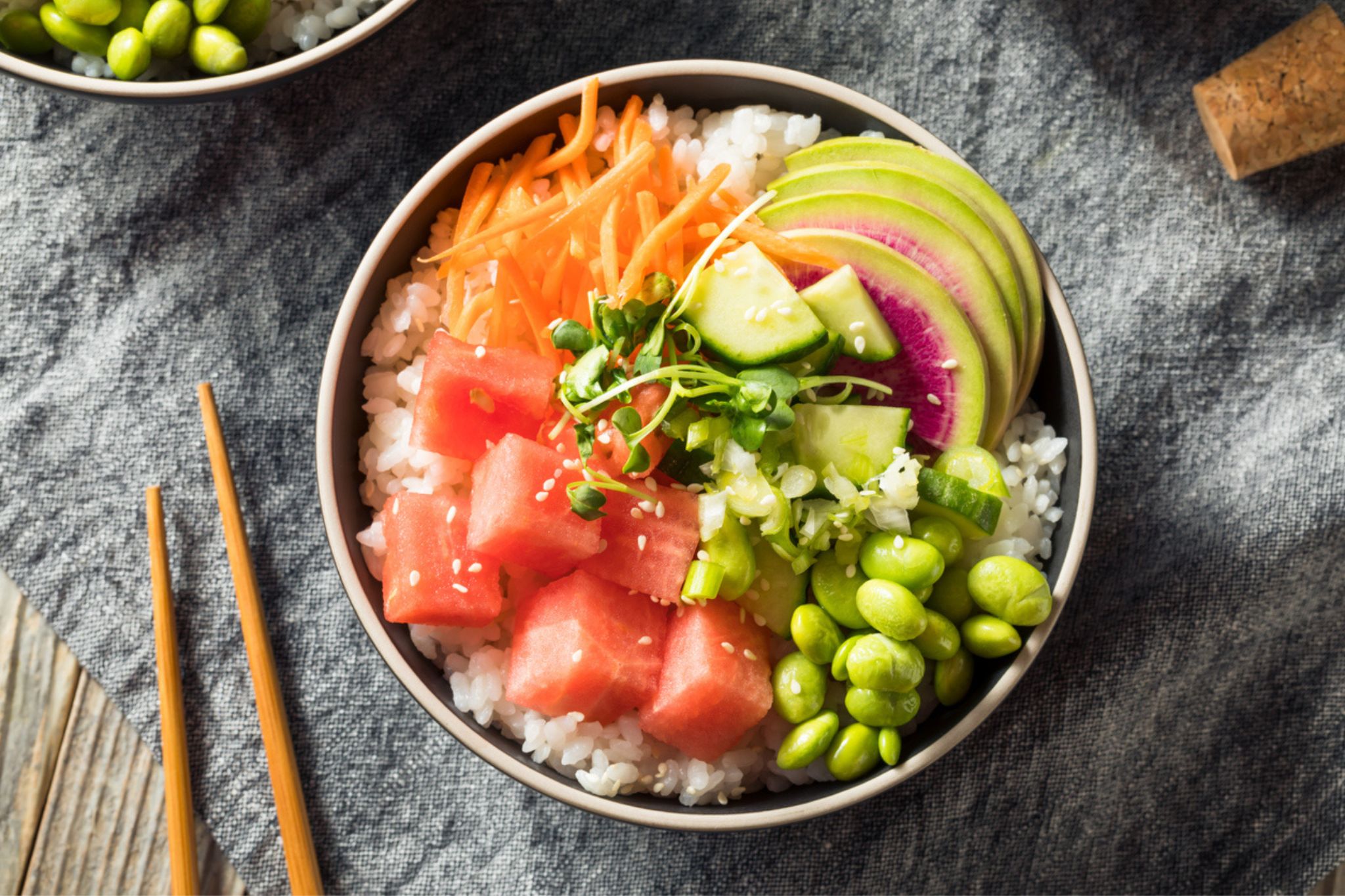
Watermelon Poke is an absolutely delicious and exciting way to repurpose your fruit pulp into a sweet and savory plant-based creation. What makes this recipe special is the texture watermelon pulp creates as it melds with rice vinegar, kelp, and sesame seeds. It’s truly amazing to see (and taste!) the delicious creations you can enjoy when you reuse leftover juicer pulp.
5. Veggie Pulp Seedy Salad Topper
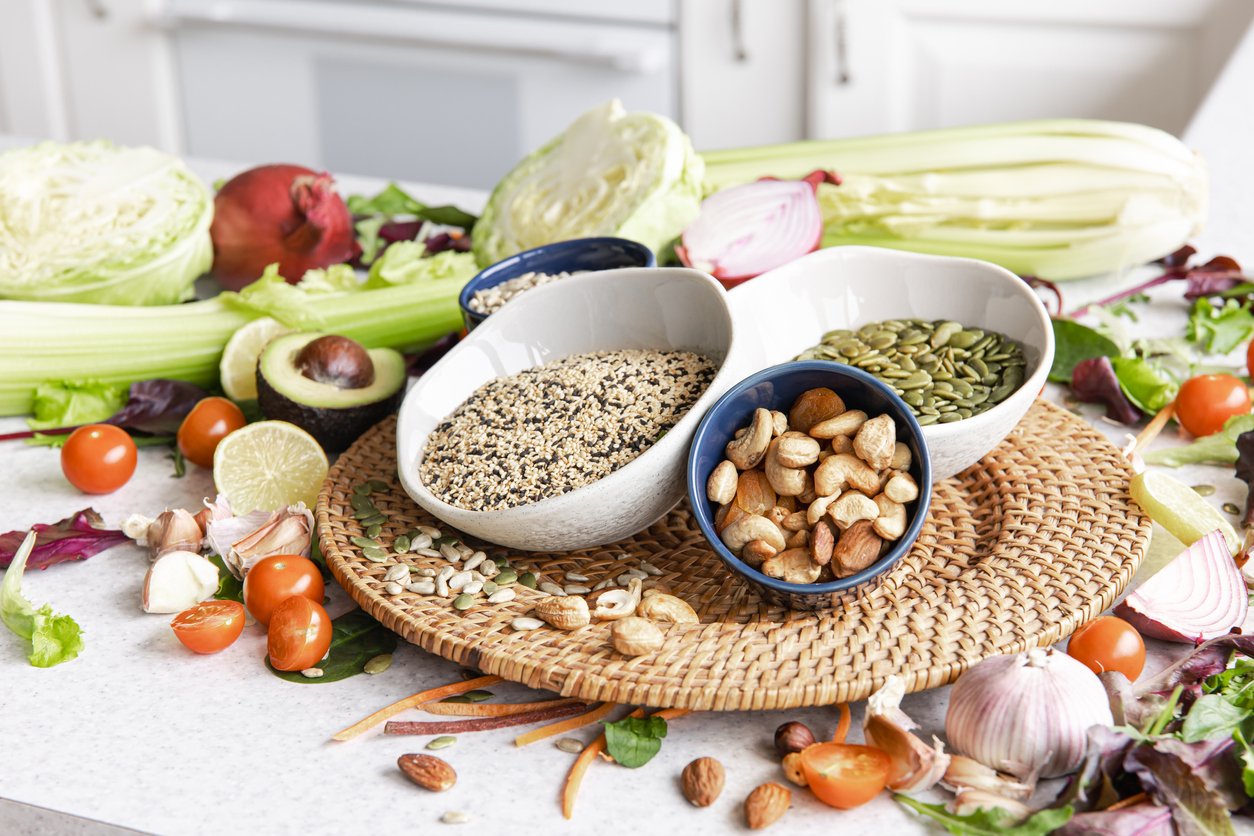
After sprinkling a hearty serving of Veggie Pulp Seedy Salad Topper on your favorite salad or grain bowl creations, you’ll fall in love with this innovative way to reuse juicer pulp. What’s great about this recipe is that, due to the dehydration of the veggie pulp and the savory seed and spice mix, this salad topper’s subtle veggie flavor mixed with fragrant aromatics makes it simply irresistible!
Don’t Throw Away Your Pulp
Juicer pulp doesn’t have to go to waste; you can reuse it in a number of creative ways. Not only can you save money and keep organic matter out of garbage dumps, you can also feel good knowing you’ve extracted every ounce of goodness from your fruits and vegetables, embracing their full potential as health and nutrition superstars.
This nutrient-rich residue can have a second life — as compost, in DIY beauty products or pet treats, and in many different types of recipes. The possibilities are endless and limited only by your imagination.
Interested in juicing? Or looking for a more efficient juicer, so you can save time on prep and cleanup? The Nama J2 Juicer is a breakthrough solution that preserves the natural flavors and nutrients in your juice with its slow pressing speed. This high-efficiency auger juicer extracts every last drop of juice, resulting in drier pulp that’s easy to reuse in everything from recipes to compost. With its innovative juicing technology, the Nama J2 lets you load an entire recipe at once, freeing up your time and allowing you to multitask. And cleanup is a breeze, making juicing easy and enjoyable.
To find out more about the Nama J2 Juicer, click here and save 10% on your purchase with promo code FRN. (If you make a purchase using this link, Nama will make a contribution in support of FRN and our mission. Thank you!)
Tell us in the comments:
-
Do you juice? If so, what have you been doing with your pulp until now?
-
Do you compost? If so, what method(s) do you use?
-
What recipes from this article will you try?
Featured Image: iStock.com/simpson33

